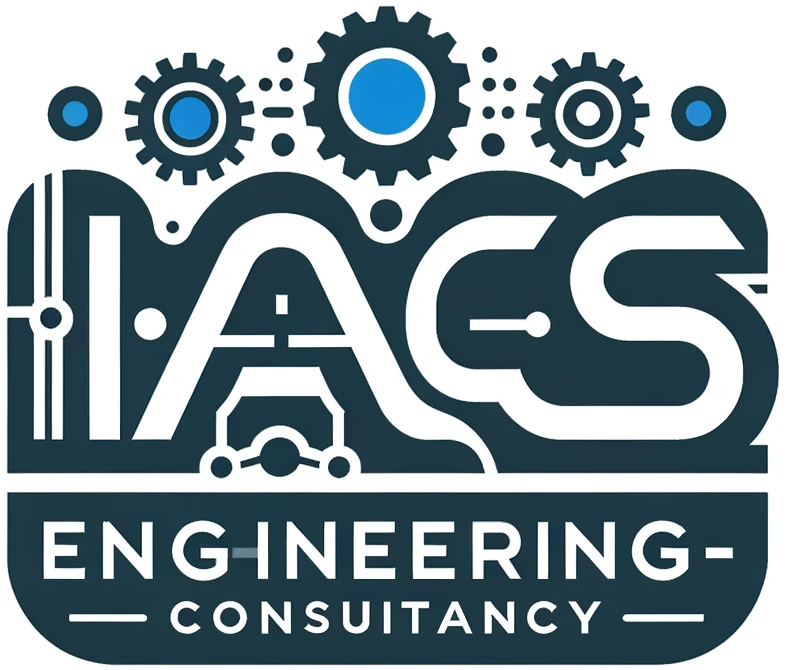Project Scope Creep refers to the uncontrolled expansion of the project’s scope beyond what was originally agreed upon. In industrial automation projects, even minor changes can snowball due to the intricate system integration involved. This leads to delays, exceeding budgets, and potential performance issues in the final system.
Typical Patterns of Scope Creep:
- Unclear Requirements Gathering: Incomplete or poorly defined initial requirements can lead to misunderstandings and the need for additional functionalities later in the project. When project requirements are not clearly defined or documented, stakeholders may continuously request additional features or changes, leading to scope creep.
- Client Changes: Clients might request new features or modifications during the project lifecycle due to evolving needs or incomplete understanding of the initial requirements. This also occurs when project teams add extra features or functionalities beyond what was initially agreed upon, thinking it will enhance the project’s value, but it ultimately leads to scope creep.
- Stakeholder Pressure: Pressure from stakeholders, such as clients or higher management, to incorporate new elements or modifications into the project can cause scope creep.
- Lack of Change Control: Absence of a robust change control process allows unauthorized changes to be introduced into the project, contributing to scope creep.
- Technical Challenges: Unforeseen technical hurdles encountered during implementation might necessitate changes to the original scope to achieve the desired outcome.
- Integration Issues: Integrating new equipment or software with existing legacy systems can be more complex than anticipated, requiring additional work outside the initial scope.
- Regulatory Changes: New regulations or industry standards emerging during the project might necessitate adjustments to the system to ensure compliance.
How to Prevent Scope Creep:
- Detailed Requirements Gathering: Conduct thorough upfront discussions with clients to clearly define project goals, functionalities, and limitations. Document everything meticulously.
- Project Scope Management Plan: Develop a clear and well-defined project scope management plan that outlines the scope baseline, change control procedures, and a communication strategy for handling scope changes.
- Change Control Process: Establish a formal process for evaluating and approving any proposed changes to the project scope. This ensures that all stakeholders are aware of the implications (cost, schedule impact) before implementing changes.
- Effective Communication: Maintain open and transparent communication with all stakeholders throughout the project lifecycle. Regularly update clients on project progress and promptly address any concerns they might have.
- Project Management Expertise: Having a project manager with experience in industrial automation who understands the complexities of these projects and can anticipate potential scope creep issues is crucial.
- Risk Management: Proactively identify potential risks that could lead to scope creep (e.g., technical challenges, client changes) and develop contingency plans to mitigate them.
- Version Control: Maintain clear version control of project documents and specifications to avoid confusion and ensure everyone is working on the latest approved version.
- Realistic Project Planning: Plan projects realistically, considering potential challenges and buffer time to accommodate minor adjustments without derailing the project timeline or budget.
Remember:
- Completely eliminating scope creep might not be realistic. However, by implementing these strategies, project managers can minimize its impact and maintain project control in industrial automation and control systems engineering projects.
